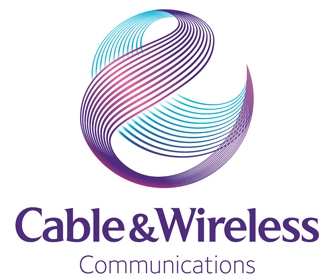  Cable & Wireless Communications (CWC) will become the first operator to launch Long Term Evolution (LTE) mobile data services in the Cayman Islands, where it trades as LIME.
(Advt.- Cisco® ONE: Cut Costs, Boost Agility)
The upgrade is the latest part of a programme of network upgrades across CWC’s pan-America business, providing customers with better access to mobile data. Mobile data usage is the fastest growing service across CWC’s businesses, with Group mobile data revenue increasing by 34% in the 2012/13 year.
LTE is a ‘fourth generation’ (4G) mobile service which will enable LIME to provide mobile data services at speeds about four times faster than currently available in the Cayman Islands. This will enable customers to access services on their smartphones such as video calling, streaming of HD video clips and ultra-fast web browsing.
(Advt.- Cisco® ONE: Traffic Visualization and Control)
CWC will launch LTE services in the 2013/14 financial year initially on Grand Cayman.
CWC was awarded the mobile spectrum over which it will broadcast LTE services having won a competitive tender process. It was awarded two blocks of spectrum in the 700 megahertz (Mhz) spectrum band, which will help to ensure that customers receive a good signal even when indoors.
Its LTE network will be built largely using existing mobile cell sites. Network equipment will be supplied by Ericsson.
(Advt.- Cisco® ONE: The Value of Advanced Flow Control)
Martin Roos, Acting Chief Executive Officer, LIME said, “Just over two years after launching 4G mobile services across all three of the Cayman Islands LIME has acquired an LTE license and additional frequencies which will enable us to provide super-fast mobile data services on the next generation of technology. This is a huge investment in not only our network capability, which will bring great benefits to our customers, but also in Cayman. This shows our confidence in the Cayman market and our commitment to building a world class infrastructure.”
Whitepaper 1 :- Advanced Flow Control
Whitepaper 2 :- Traffic Virtualization and Control |